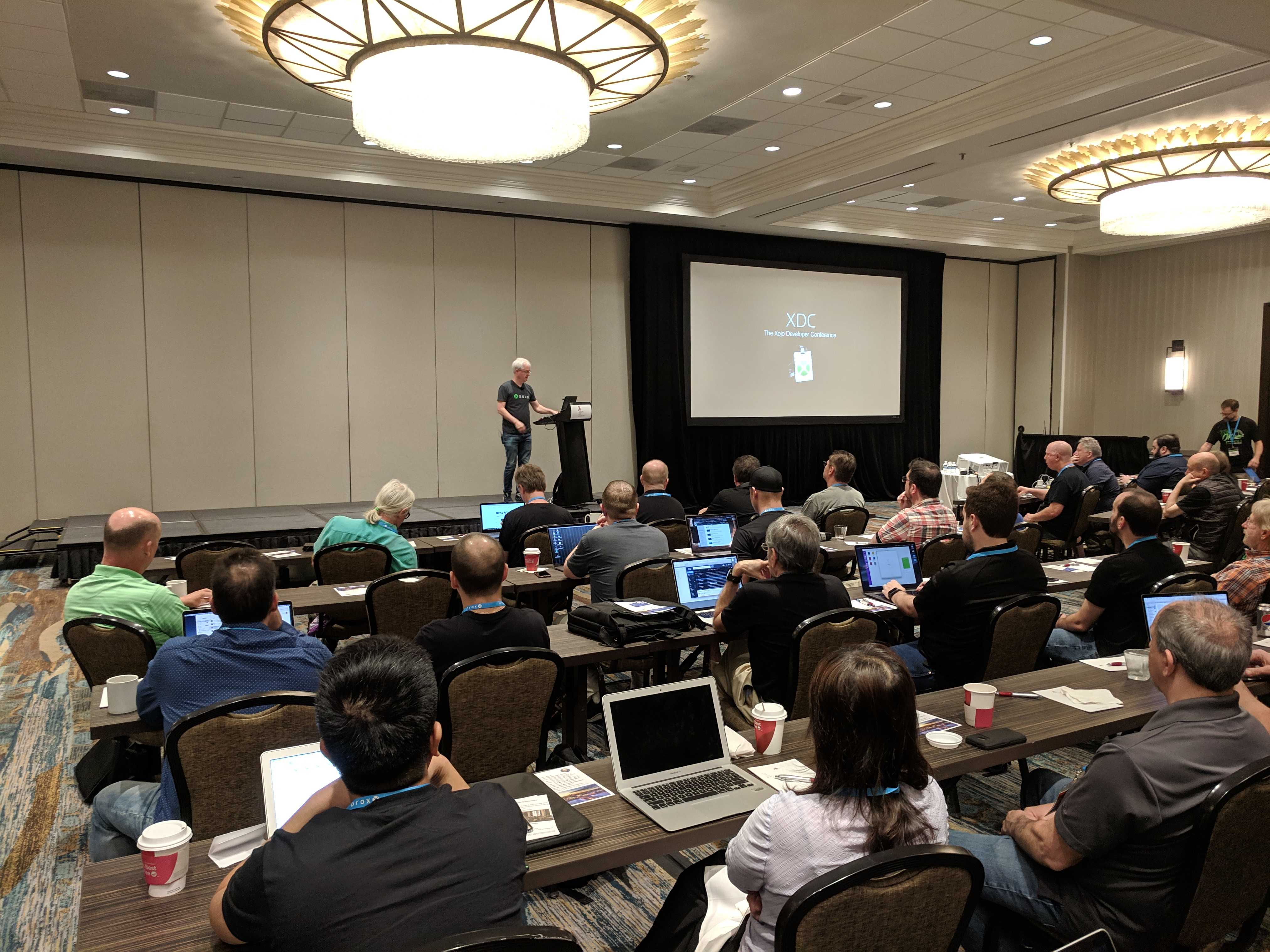With the release of Xojo 2020r1 comes the new 2.0 version of our web framework. While the way in which you build web applications hasn’t fundamentally changed, this new version is a from-the-ground-up rewrite and utilizes API 2.0 for greatly improved consistency. This means that the conversion process is going to be time-consuming, but will be well worth the effort as web applications built upon Web Framework 2.0 will be more robust, handle more users, be more responsive and have a far more modern look and feel.
Comments closedCategory: Web
Posts related to web development.
All of us are used to dealing with that web form where we select a country from a long, long list of more than 200 hundred countries. It would certainly be more useful, less stressful and a better usability practice to preselect the country name from the IP of the client visitor. Continue reading to learn how you can put a bit of intelligence into your web forms using a WebPopupMenu subclass.
Comments closedThe singleton design pattern has its place in the desktop environment where there will be only one user running the application, and when that user quits the app the singleton is destroyed. This doesn’t fit the requirements of a multi-user environment such as the web where many users will be accessing the application at once. I recently came across this issue when porting a desktop app to the web which required me to design a singleton class that is session sensitive. Here’s a walk through of how I achieved my goal. Please note that scopes are particularly important when creating this class.
Comments closedAs you may have heard, we had to make the difficult decision to cancel XOJO.CONNECT 2020 in Nashville. Since we know you were waiting to…
Comments closedThis tutorial will show you how to deploy your SQLite based projects so they behave right on Desktop, Web and iOS, copying the database file to the right place on every target.
Comments closedToday we are pleased to announce the winners of the 2020 Xojo Design Awards. Judging is never an easy job, but this year the submissions were such a diverse range of apps we found it both exciting and difficult! The Design Awards honor excellence in software design. These awards are a great opportunity to learn about some of the best apps made with Xojo. Support Xojo and the Xojo community by sharing and congratulating these winners!
Comments closedGeoff just wrapped up the keynote here in sunny, windy Miami, Florida.

After a brief introduction welcoming attendees from 11 different countries, Geoff began the keynote by sharing some graphs showing how the Xojo community has been changing.
Comments closedFor more years than I’d like to admit, the Layout Editor has been slow in terms of dragging controls around. As you add more controls, it gets worse. For web layouts, it’s been even worse. That’s primarily because we have to draw everything for a web layout whereas for a desktop layout, the OS draws the controls for us.
In an engineering meeting, I mentioned a discussion I had with a user about the speed of the Layout Editor and Travis said he had recently been reminded of how slow it was too. While most of the time issues in Xojo are carefully calculated and prioritized for maximum bang for the buck (as we say around here), that’s not always how it happens. After the meeting, Travis decided to dive into the Layout Editor code and see what could be done to speed it up.
The results are pretty remarkable.
Comments closedSometime ago a Xojo user asked if it is possible to use Xojo Web to create the kind of animated menus seen in several regular websites. After some investigation (and the invaluable help of Greg O’Lone), the answer is: yes, you can do that! If you are interested in seeing how to achieve this, continue reading!
Comments closed
